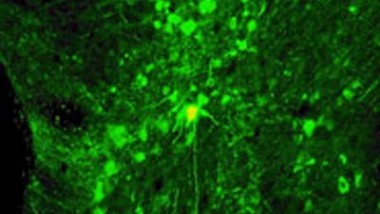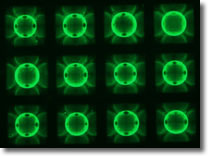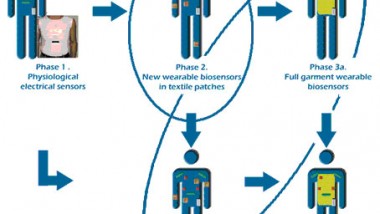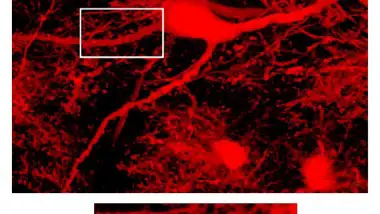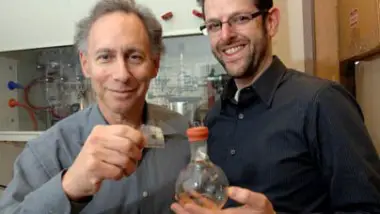Researchers at Harvard’s Whitesides Research Group may have found a way to make microfluidics technology much cheaper by taking advantage of the natural movement of liquid through paper. Hopefully, their work will lead to the creation of disposable diagnostic tests, ...
Erasing Memories Made Easy
A research team led by Professor Zafar Bashir at Bristol University, UK has identified molecular and cellular mechanisms important for recognition and memory. In an experiment conducted on rats, the team demonstrated that disrupting the brain’s ability to change, causes ...
Lung-on-a-Chip
A research team led by Shuichi Takayama at the University of Michigan has developed a new technology for growing lung cells outside the body. The scientists developed a tiny device, named “lung on a chip”, which causes the cells on ...
Heart Cells Generated from Skin Cells
Researchers at UCLA have successfully derived mice skin cells into a variety of heart tissue and blood cells. All the cells composing the heart were created out of stem cells originally generated from the mice’s skin. This research could contribute ...
Saliva Analysis to Fight Number 1 Killer
Early detection and diagnosis of heart attacks may now be possible using only a few drops of saliva. Researchers from the University of Texas at Austin have created a sensor device, called nano-bio-chip, which can detect specific essential biomarkers that ...
A Doctor in Your Pocket
Scientists taking part in the European project BIOTEX have developed prototype biosensors, which can be integrated into special fabrics. The sensors are capable of measuring sodium, chloride, and potassium in miniscule volumes of sweat samples on the skin. An added ...
Atomic Magnetometers to Shrink MRI
John Kitching, a physicist at the National Institute of Standards and Technology in Boulder, Colorado is developing tiny magnetic sensors named atomic magnetometers. The new sensors are extremely sensitive, capable of detecting miniscule magnetic fields. Mass production of these magnometers ...
Artificial Stem Cells May Cure Parkinson’s Disease
A study recently conducted at the Massachusetts Institute of Technology (MIT) showed for the first time that artificially created stem cells can be used to treat Parkinson’s disease. In another research project conducted at the Imperial College in London, scientists ...
Submissive Mice Help Fight Depression
A research team led by Dr. Albert Pinhasov at the Ariel University Center of Samaria, Israel, has recently created a new animal model of depression. The team used mice whose behavior was more prone to be controlled by other mice ...
Gecko-Inspired Bandage May Heal Surgical Incisions
MIT researchers and colleagues have developed an elastic sticky tape inspired by the adhesion mechanism found in geckos’ toes. This adhesive is biocompatible and could replace surgical sutures and staples. Made from a biodegradable polymer and sugar-based glue, the adhesive ...


